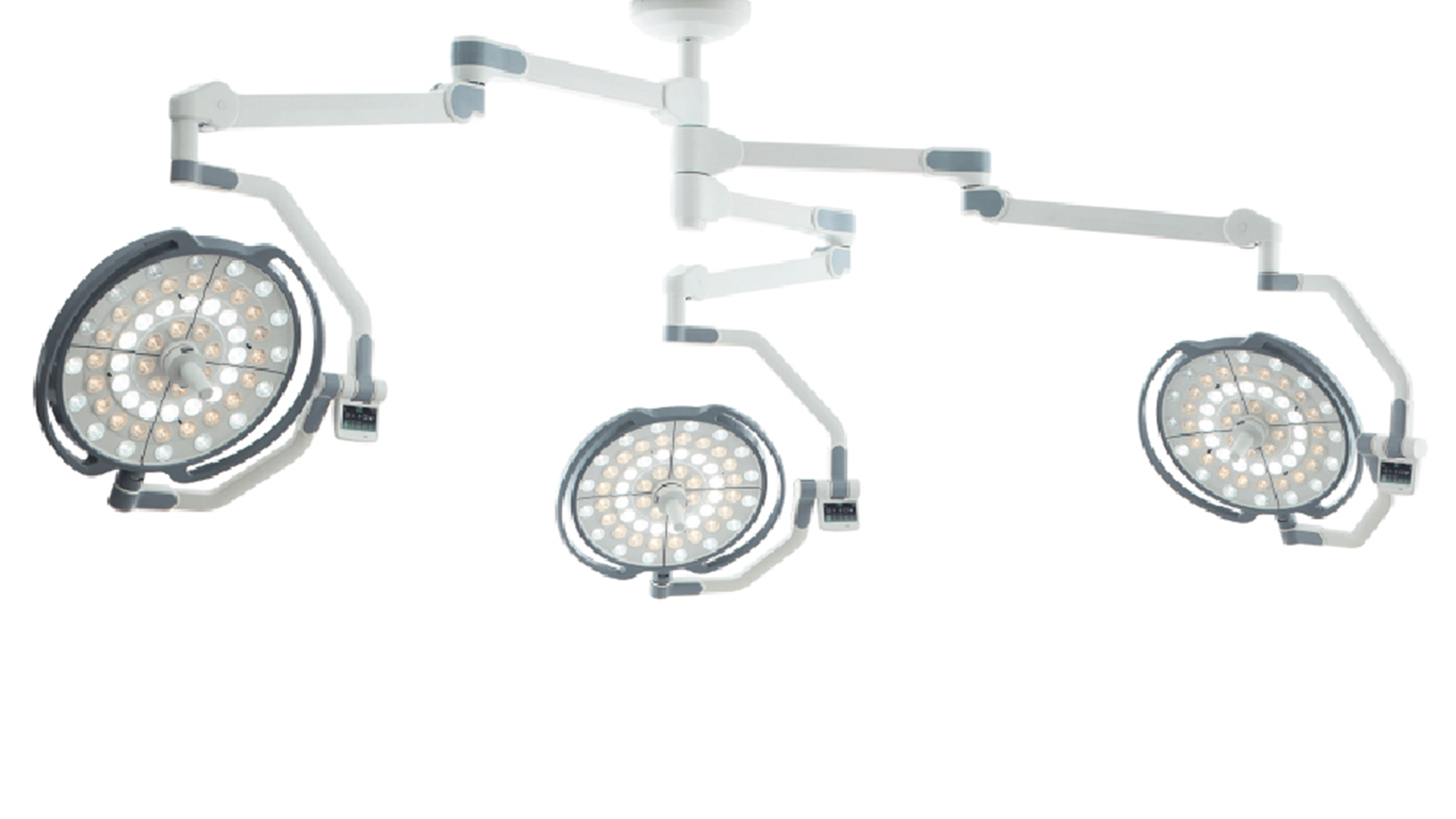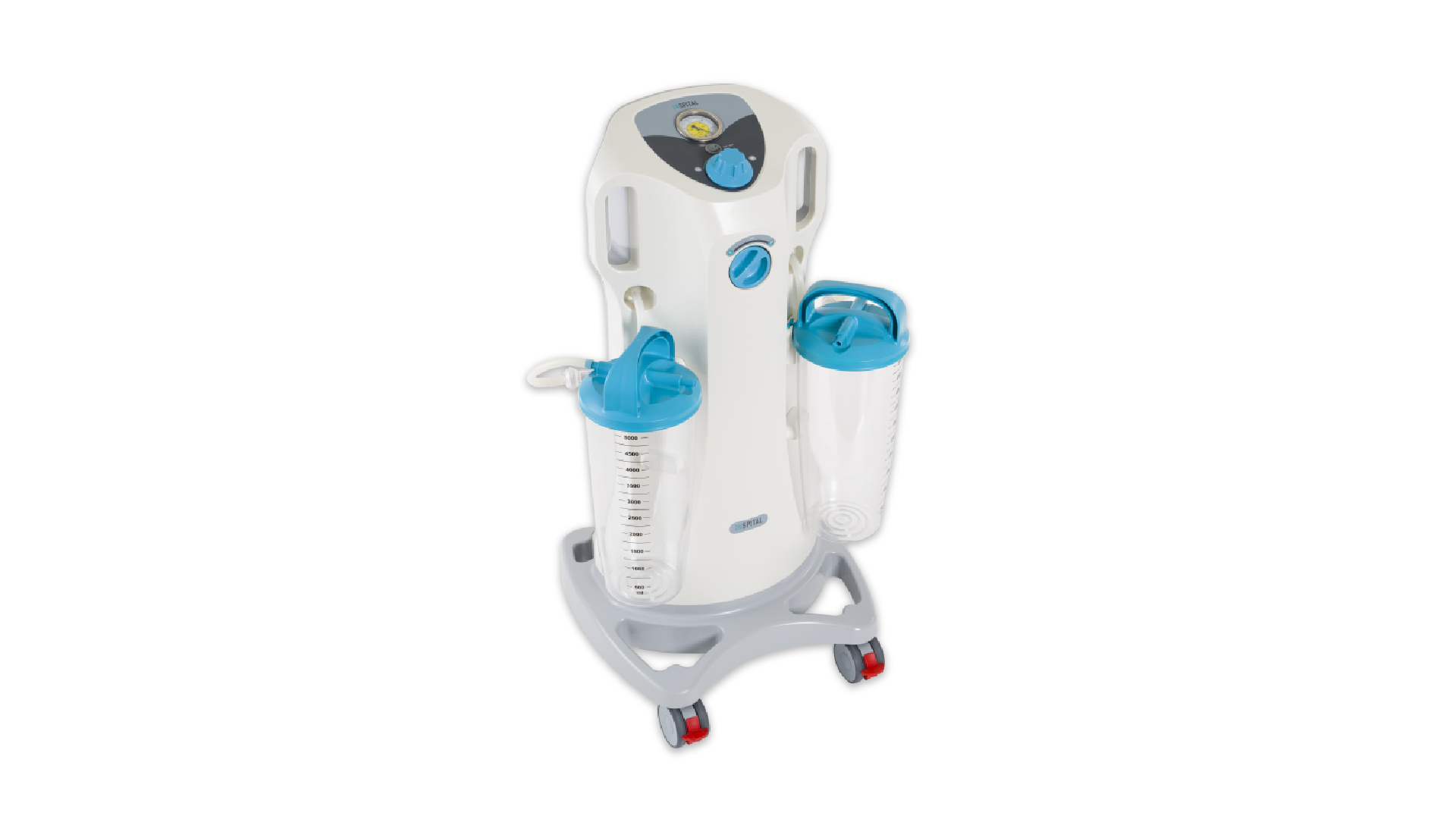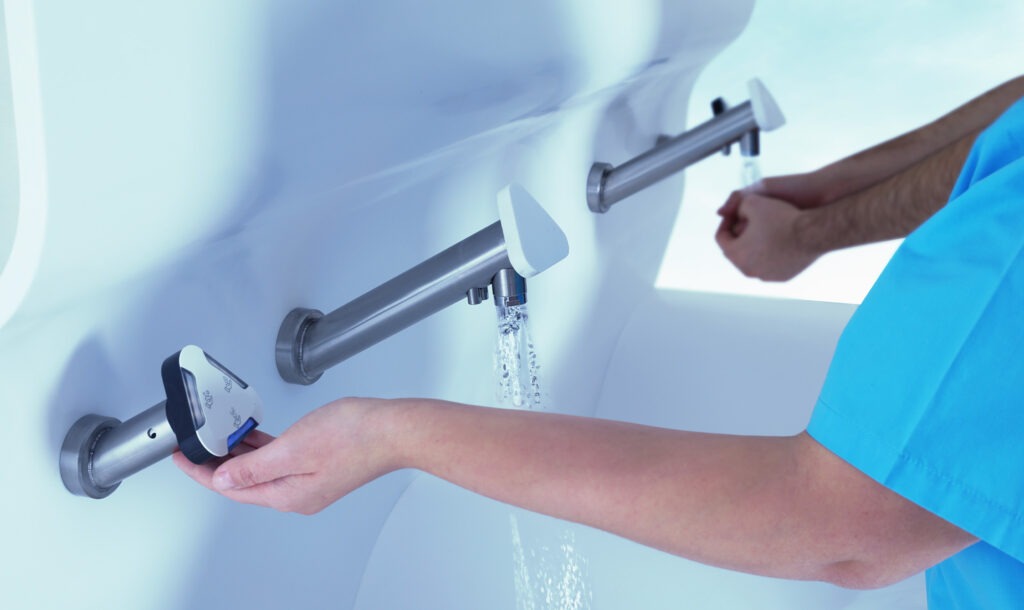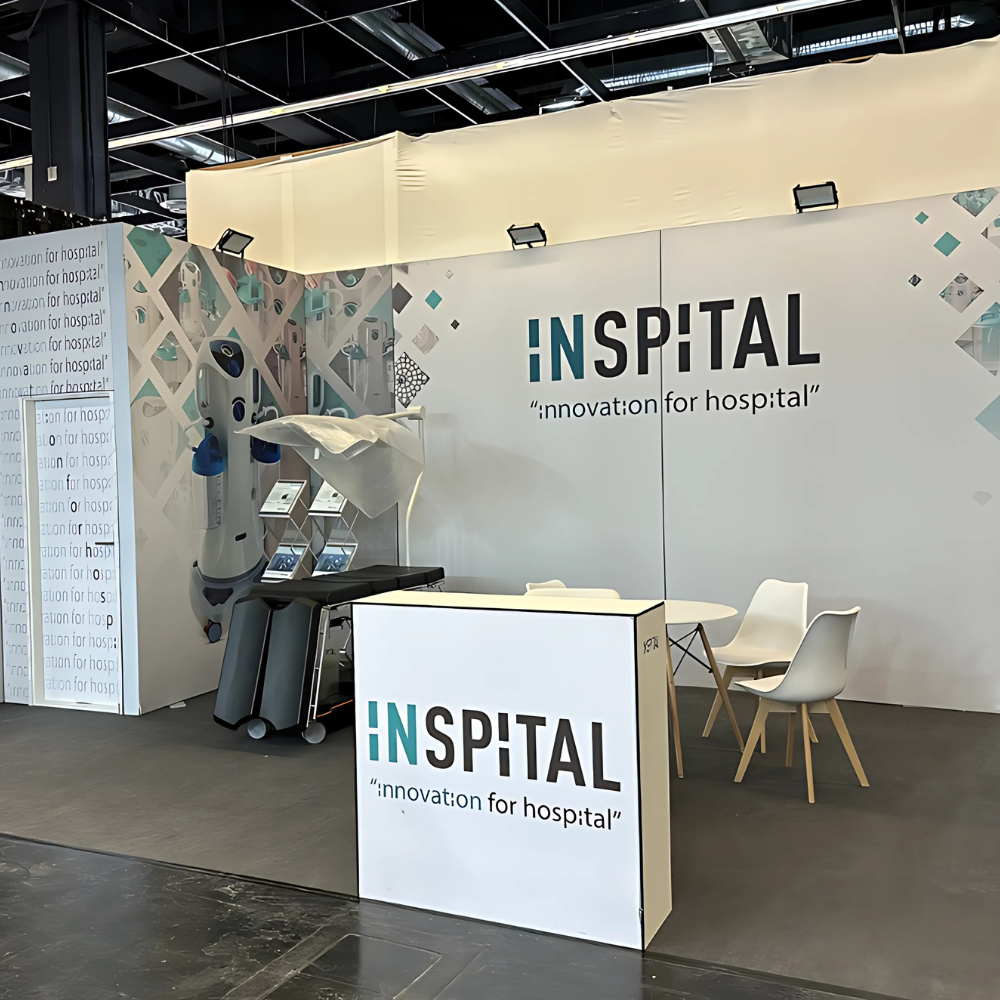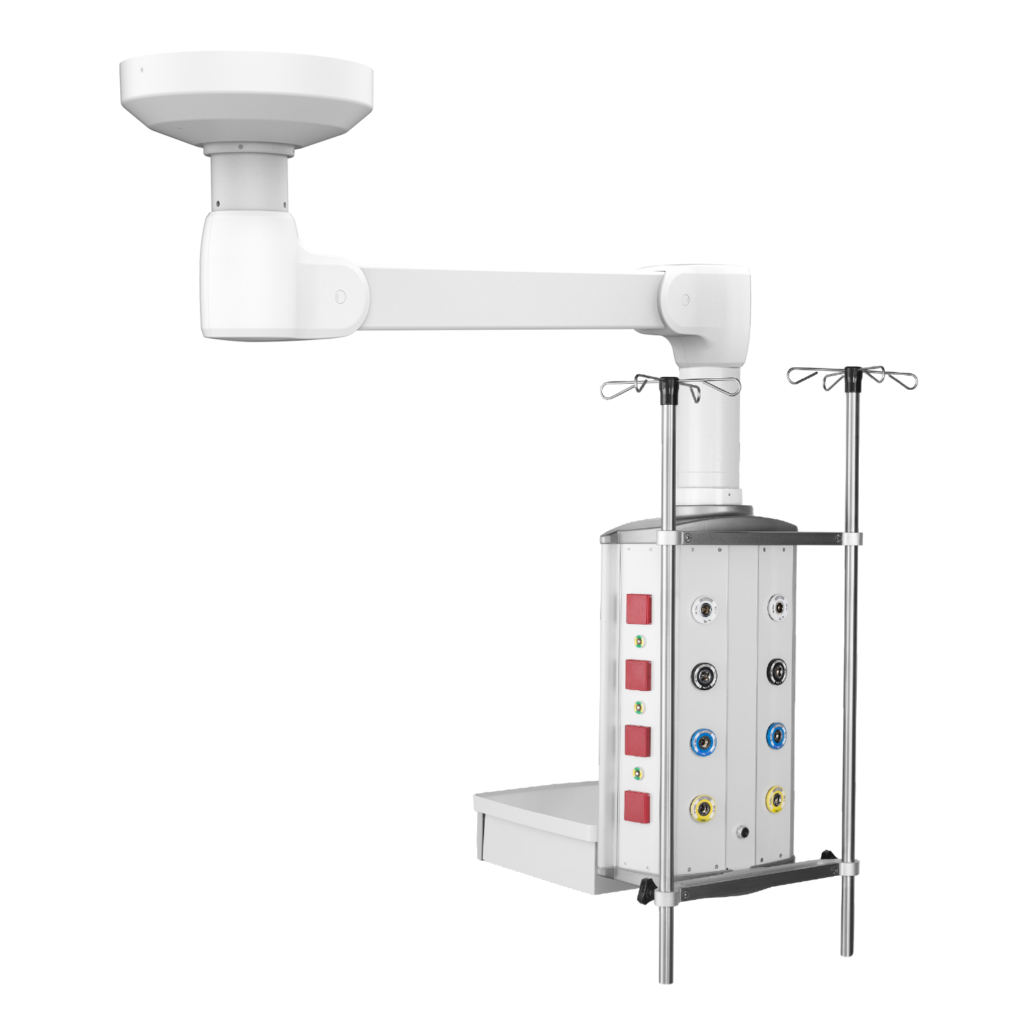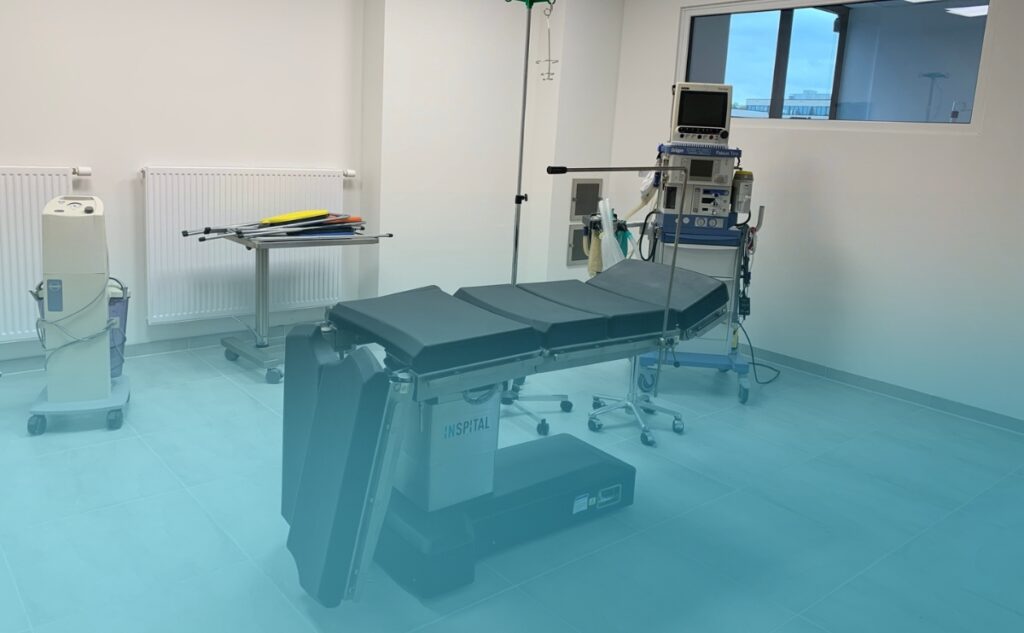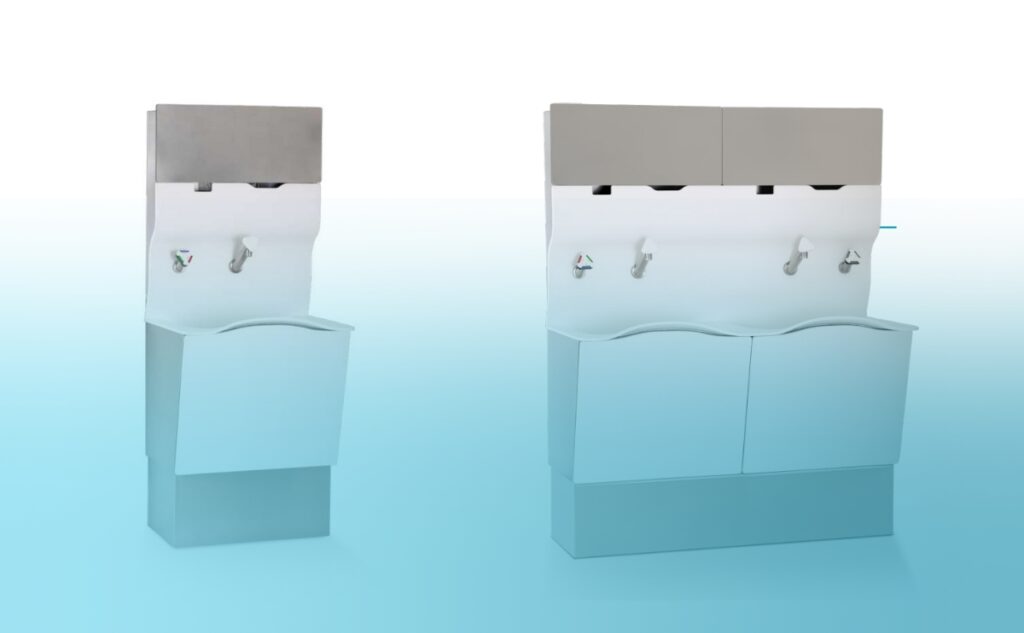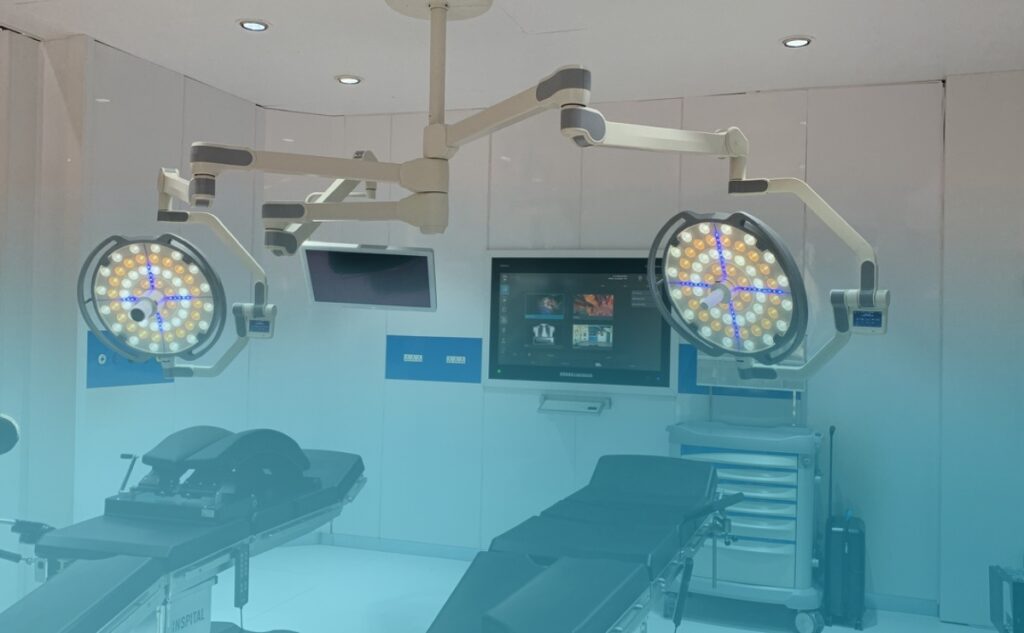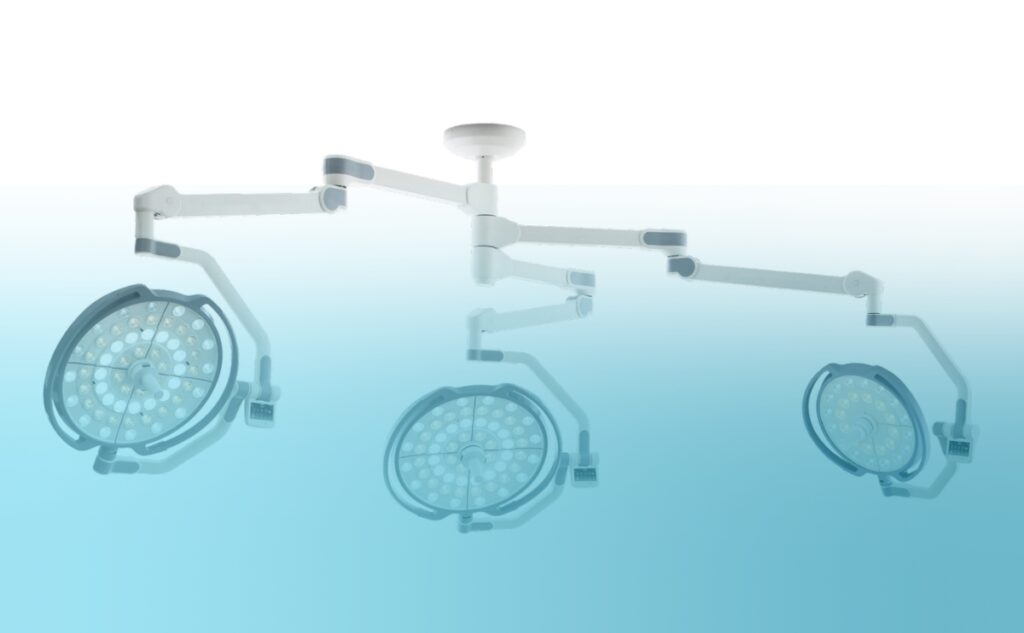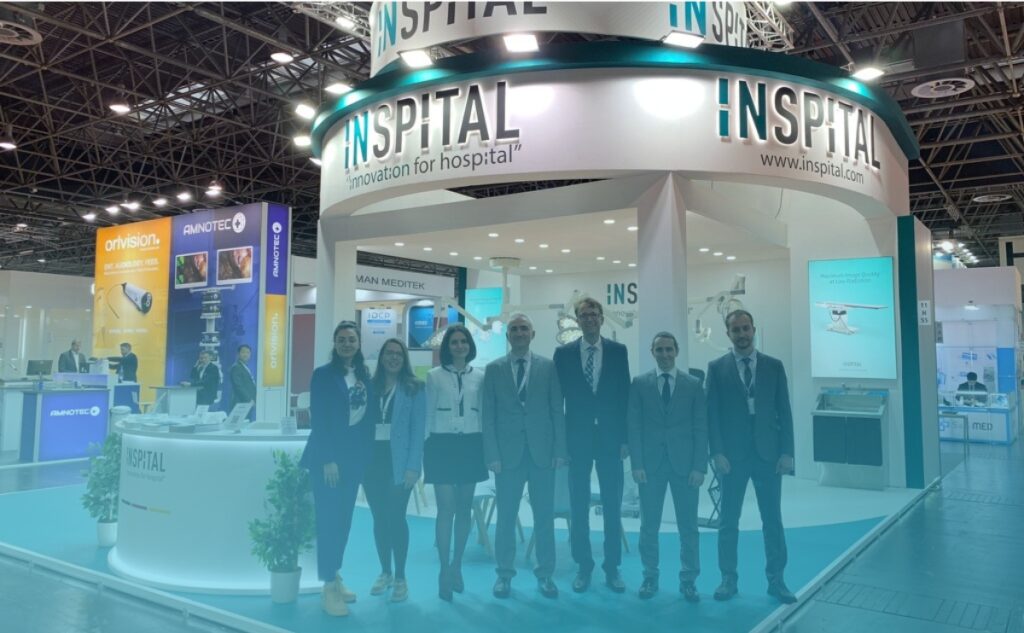In modern surgery, not only surgical technique determines the success of a procedure, but also a factor that is often underestimated: patient positioning. Precise and secure positioning is essential to create optimal access conditions for the OR team, but also to reliably prevent complications such as pressure ulcers, positioning injuries, and nerve irritations.
In a time when efficiency, patient safety, and legal protection are equally important, sophisticated positioning systems are no longer optional accessories - but a central element of any OR infrastructure. Inspital offers a wide range of positioning aids, gel pads, and fixation systems that can be seamlessly integrated into surgical routines and meet the high requirements of modern OR departments.
Endoscopy has become an indispensable part of modern medicine. Whether in gastroenterology, urology, or surgery – endoscopes enable minimally invasive examinations and procedures that are gentler for patients and more precise for doctors. However, precisely because endoscopes are reusable, highly sensitive instruments, their reprocessing and sterilization is one of the biggest challenges for hospitals and clinics.
Improper or insufficient cleaning can cause serious infections and cross-contamination. Therefore, strict hygiene standards and state-of-the-art reprocessing technologies are essential to ensure patient safety. But what does effective endoscopy reprocessing look like, and what innovations are there in the market?
In this article, we shed light on the most important steps of endoscope hygiene, new technological developments, and present Inspital's suitable cleaning and sterilization solutions.
Whether it's a routine procedure or a complex high-risk surgery - the prerequisite for every successful surgical intervention is uncompromising hygiene. But hygiene doesn't start on the operating table; it begins minutes before - during handwashing. In an environment where every touch can become a potential source of contamination, the method of hand disinfection is crucial.
Especially in the highly sensitive area of the OR, well-thought-out solutions are needed that seamlessly combine safety and efficiency. Washing systems with knee operation not only offer a technical answer but set a new standard in terms of contactless hygiene. Inspital has developed precisely the right products for this - robust, user-friendly, and exactly tailored to the needs of daily clinical practice.
The surgical world has changed. In an era where millimeters decide fates, being “good enough” is no longer sufficient. Precision is not an option - it's a necessity. Image-guided procedures, minimally invasive techniques, and intraoperative diagnostics require not only a skilled surgeon but also an infrastructure that thinks ahead. Radiolucent operating tables are an often overlooked but crucial component.
Imagine a patient lying on the operating table, time is pressing, the team is ready - and then the procedure must be interrupted because the image isn't clear enough. Because the table distorts the X-ray image. Because repositioning is necessary. This is where the story of Inspital's radiolucent operating tables begins - specially developed for the OR.
Medical technology has made enormous progress in recent decades and influences patient care in almost all medical fields. From high-precision diagnostic devices to innovative therapy methods - modern technologies not only improve treatment quality but also increase patient safety and the efficiency of medical processes. Inspital Medical Technology develops high-quality medical technology solutions that drive this progress and optimally support hospitals and clinics.
In this article, we examine how medical technology is revolutionizing healthcare and which innovations have the greatest impact on patient care.
In the world of medical technology, advancements in equipment are crucial for improving the quality of surgical procedures and ensuring patient safety. One of the most important components in the operating room is the surgical light. Modern OR lighting has evolved significantly in recent years, and Inspital offers innovative models such as the LD20.24, LD10.03, and the mobile LD05.06 OR light, providing solutions that significantly facilitate the work of surgeons and medical staff. But what technological advancements have OR lights made in the recent past, and how do they contribute to improving visualization and precision?
The role of imaging in modern medicine, particularly in surgery and radiology, cannot be overestimated. X-rays are crucial for the diagnosis and performance of many medical procedures. Precise image quality is essential to avoid errors, accurately locate the intervention area, and ensure surgical success. The operating table plays a decisive role in this - both in terms of image quality and patient safety and comfort.
An important aspect when selecting the right operating table for X-ray examinations is the table's ability to allow X-rays to pass through unhindered. The choice of material for the table top is of particular importance here. Equally, the table must have a high load-bearing capacity to meet the dynamics and requirements in the operating room without compromising image quality.
The correct positioning of the patient during surgery is a crucial factor for the success of the procedure. Improper positioning can not only negatively affect the surgical outcome but also have serious health consequences for the patient, including pressure sores, nerve damage, or circulatory disorders.
As a leading provider of high-quality operating room equipment, Inspital Medizintechnik offers a wide range of fixations, neck cushions, and leg holders for operating tables that combine optimal comfort for the patient with maximum support for medical personnel. But what exactly is the role of these elements and how do they contribute to a safe and efficient operating environment?
Medical technology is rapidly evolving and plays a crucial role in improving patient care, clinic efficiency, and working conditions for medical staff.
In 2025, several key trends will shape the industry. What developments should clinics and hospitals therefore keep in mind?
Modern operating tables are essential for efficient and safe surgical procedures. The OT80.20 NOVUS operating table from Inspital was specifically developed to ensure maximum flexibility, ergonomics, and stability in the operating room (OR). But how is such an innovative medical technology product created? The development process is complex and requires interdisciplinary expertise, cutting-edge technology, and close collaboration with medical professionals. Inspital combines these factors with a pronounced quality consciousness and a deep understanding of the needs of surgical teams.

